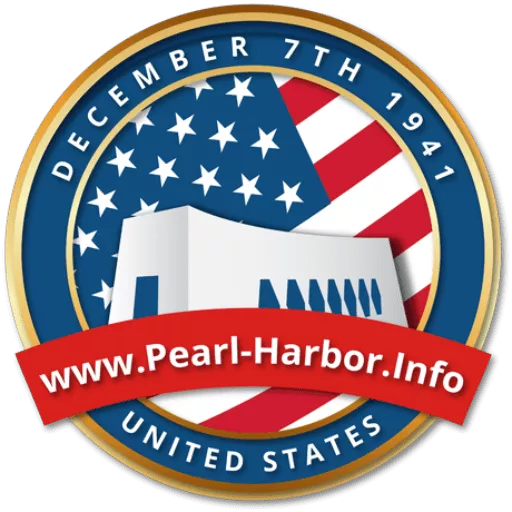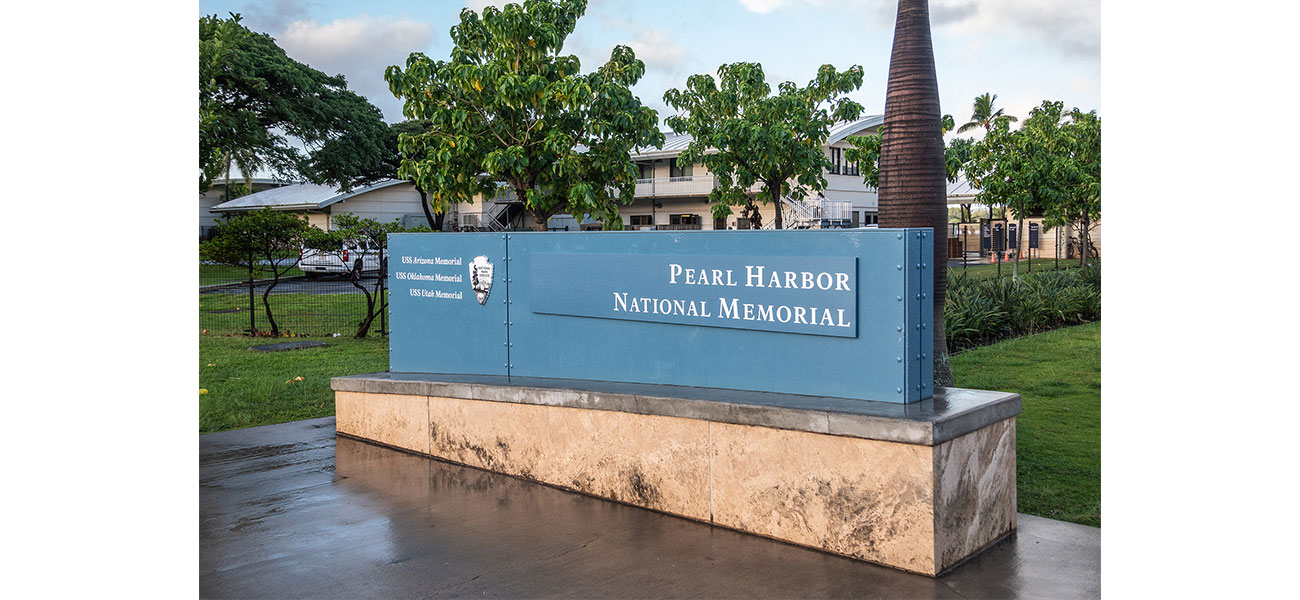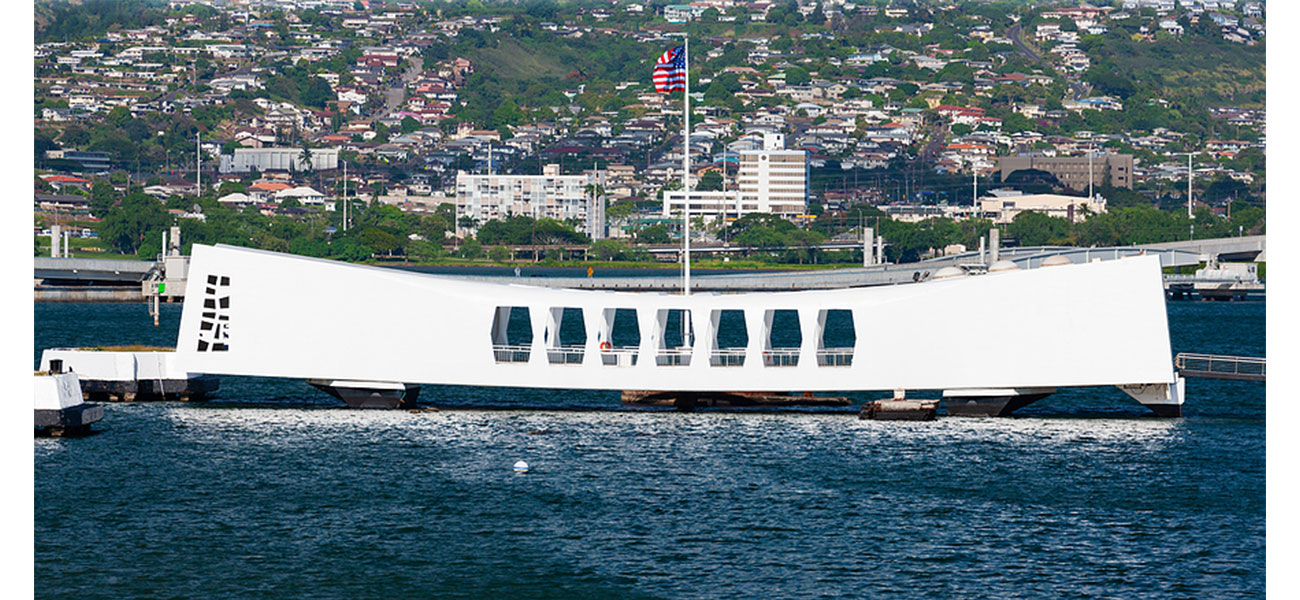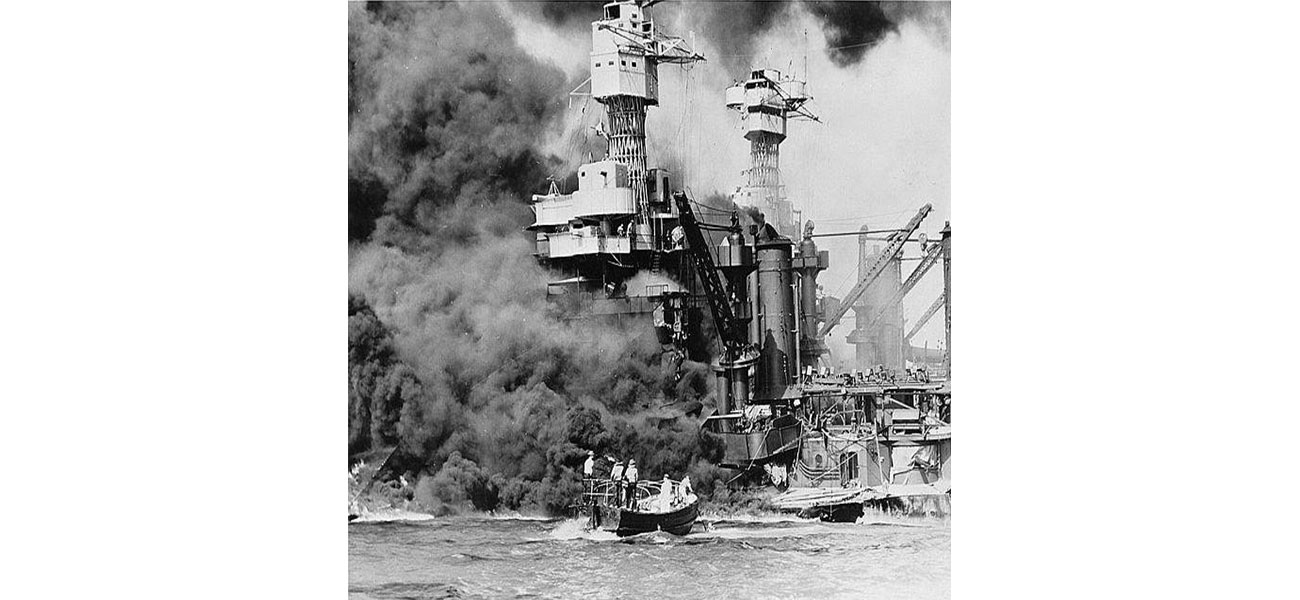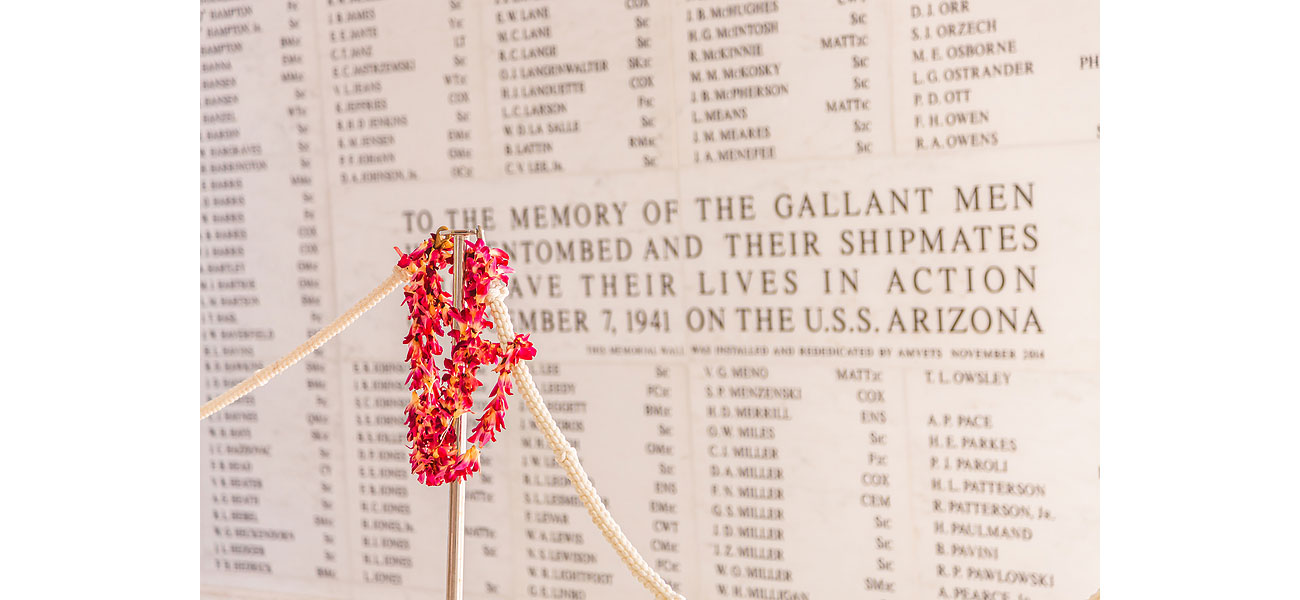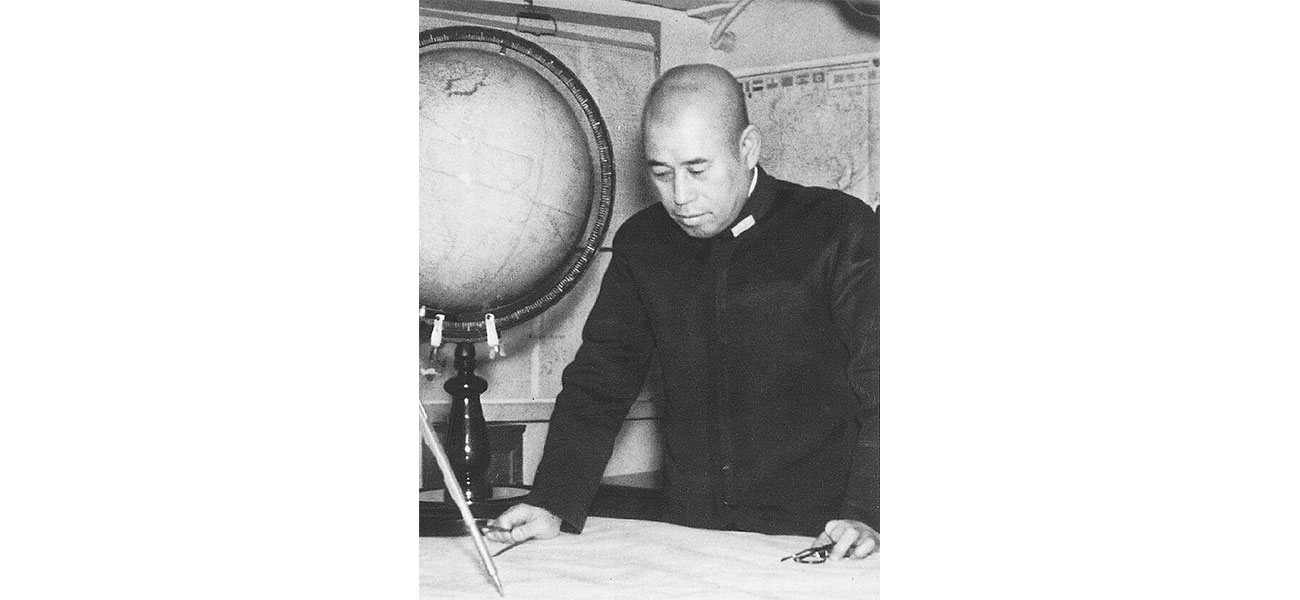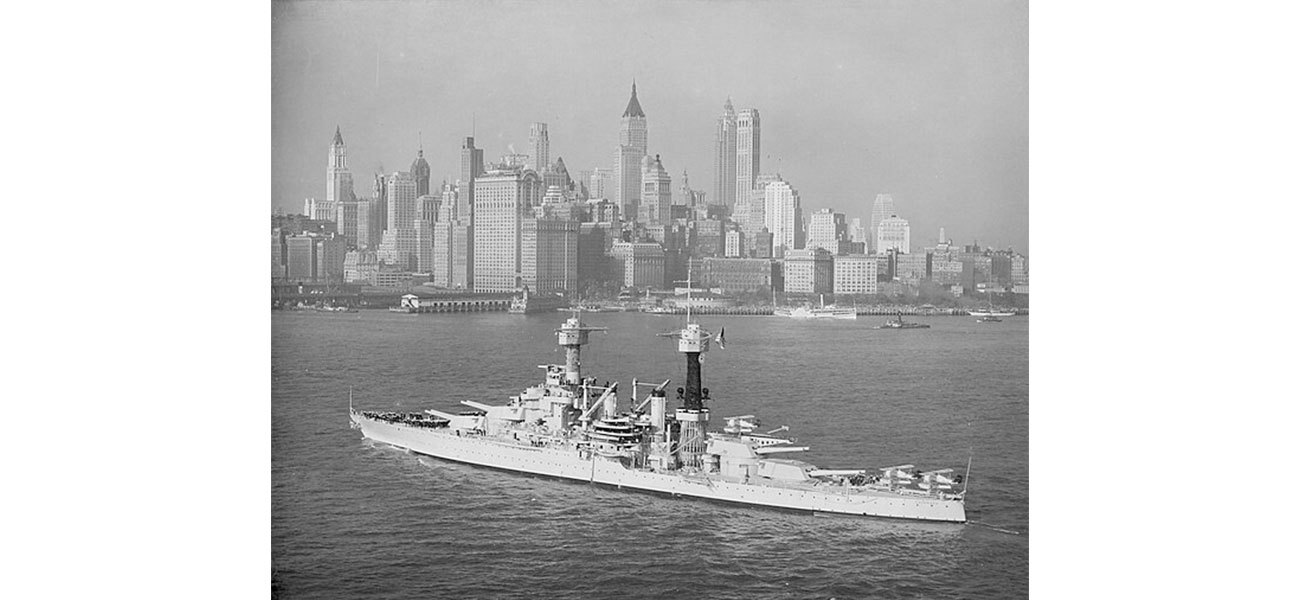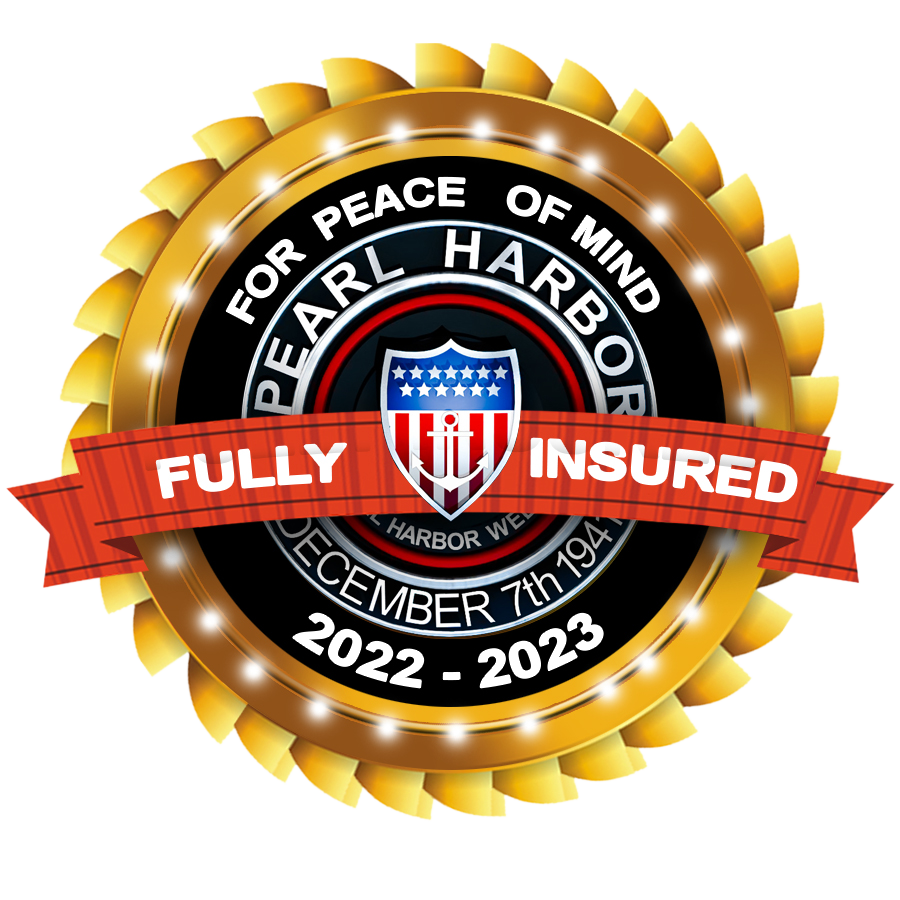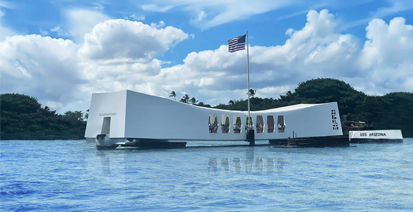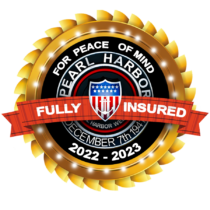A Complete Guide to Pearl Harbor Tours: Exploring History and Honor
Pearl Harbor, located on the island of Oahu in Hawaii, is one of the most significant and hallowed historical sites in the United States. On December 7, 1941, a surprise attack by Japanese forces on the U.S. naval base at Pearl Harbor changed the course of history, propelling the United States into World War II. Today, Pearl Harbor serves as a memorial to the lives lost that day and a powerful reminder of the resilience and sacrifice of those who served.
Visiting Pearl Harbor is not just a trip to a historical site—it’s a deeply moving experience. This guide provides an overview of what you can expect during your Pearl Harbor tour and tips on how to make the most of your visit.
Main Attractions at Pearl Harbor
1. USS Arizona Memorial:
The USS Arizona Memorial is one of the most iconic and emotional sites in Pearl Harbor. The memorial sits directly over the sunken remains of the battleship USS Arizona, which was destroyed during the attack, resulting in the loss of 1,177 crew members. Visitors are taken to the memorial via a short boat ride, where they can see the wreckage below the water. The experience is both solemn and reflective, offering visitors a chance to pay their respects to those who gave their lives. Admission is free, but tickets are required, and reservations are highly recommended due to limited availability.
2. Battleship Missouri Memorial (USS Missouri):
The USS Missouri, also known as “Mighty Mo,” is a symbol of both the beginning and the end of the U.S. involvement in World War II. It was on the decks of this battleship where Japan officially surrendered, bringing an end to the war in 1945. Visitors can tour the battleship, explore its decks, and learn about its pivotal role in history. The Missouri offers both guided and self-guided tours, taking you through the ship’s impressive quarters and into areas where sailors once lived and worked.
3. Pearl Harbor Aviation Museum:
Located on Ford Island, which also saw significant action during the 1941 attack, the Pearl Harbor Aviation Museum offers a fascinating glimpse into the aviation history of World War II and beyond. The museum features a variety of aircraft, including those used during the war, and interactive exhibits that delve into the role of airpower in the Pacific theater. Visitors can also explore Hangar 37, which still bears the bullet holes from the attack, adding a layer of authenticity and poignancy to the experience.
4. USS Bowfin Submarine Museum & Park:
The USS Bowfin, a World War II-era submarine, offers visitors a rare chance to step inside a fully preserved sub from the era. Known as the “Pearl Harbor Avenger,” the Bowfin completed nine successful patrols during the war, and today visitors can tour its tight quarters to get a sense of life on a submarine. The museum also features a range of exhibits on the history of submarine warfare and the important role submarines played in the Pacific during World War II.
Planning Your Pearl Harbor Visit
To make the most of your Pearl Harbor tour, it’s essential to plan ahead. Many visitors spend at least a half-day or even a full day exploring the various attractions. The USS Arizona Memorial is often the first stop on most tours, as it is a solemn, reflective experience. The boat ride to the memorial and back, along with time spent viewing the site, typically takes about 1-2 hours.
The Battleship Missouri and the Pearl Harbor Aviation Museum can each take around 1.5-2 hours, so it’s best to allocate enough time to fully immerse yourself in these exhibits. Booking a guided tour is a great way to ensure you see everything and gain in-depth insights into the historical context of each site.
How to Get Tickets
There are several ways to secure tickets for Pearl Harbor. While admission to the USS Arizona Memorial is free, tickets are required, and they can book up quickly. Advance reservations through the National Park Service are highly recommended. For those looking for a more in-depth experience, a variety of guided tour packages are available. These tours often include transportation to and from Waikiki hotels, as well as entry to additional sites like the Battleship Missouri and the Aviation Museum.
Tips for Visiting Pearl Harbor
-Arrive Early: Pearl Harbor opens early, and it’s a good idea to arrive as soon as possible, especially if you don’t have reserved tickets. The site can get crowded, and arriving early helps you avoid long waits.
-Security Considerations: No bags, purses, or backpacks are allowed inside Pearl Harbor for security reasons. You can rent small lockers on-site if needed, but it’s best to bring only what you can carry in your hands.
– Respect the Memorial: While Pearl Harbor is a popular tourist destination, it’s also a sacred site honoring those who lost their lives. Be respectful, especially at the USS Arizona Memorial, and observe moments of silence where appropriate.
– Prepare for the Weather: Hawaii’s tropical climate can be warm and sunny, so wear sunscreen, bring a hat, and stay hydrated during your visit.
A visit to Pearl Harbor is both a powerful history lesson and a humbling experience that pays tribute to the courage and sacrifice of those who served during one of the most pivotal moments in modern history.
